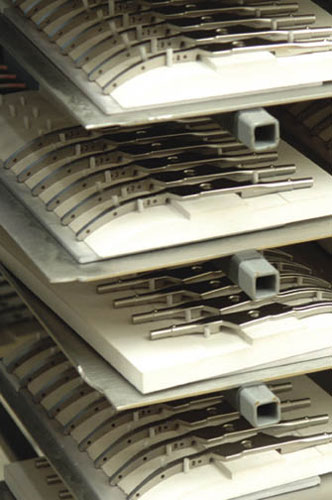
Metal injection molding is an effective way to produce complex and precision-shaped parts. Component size can range from 0.0001 in.3 to 2.5 in.3.
Metal injection molding (MIM) is an effective way to produce complex and precision-shaped parts from a variety of materials. It offers several advantages over die casting, investment casting, and machining in such applications as firearms components, medical jaws, turbochargers, and micro sized components. Component size can range from 0.0001 in.3 to 2.5 in.3.
In a surgical jaw application, the challenge was a 4-in. part with complex geometry. The jaw portion of a device had a large curve. To ensure the part maintained its shape during fabrication, it was clamped. According to a Phillips engineer, “Machined or die cast parts would be extremely hard to get this detail and come out with a rough texture because of the size. As a result, this customer chose MIM for its low cost options, excellent surface finish, tolerance requirements, and the complex features they couldn’t get with other processes.”
In another application, the design of a seat pressure regulator included irregular-shaped holes.
Phillips engineers chose metal injection molding due to a “D” shaped hole in the center of the part. The holes could be molded instead of machined, reducing costs. “This part was really suited for our process and equipment as the hole is something that is very hard to achieve with other metal processes, such as screw machining. And the extra steps that screw machining requires adds additional costs,” explained a Phillips process engineer.
In another medical application, the design goal was to consolidate four parts into one in an Oxygen regulator device used during surgery. The part, which contains the main body, a tube, and two screws, was consolidated into one metal injection molded part that also included molded in threads.
MIM can handle small, highly complex geometries; or parts requiring high strength and corrosion resistance. It is suitable in situations where part size or weight must be reduced. It can also be used to consolidate multiple components into a single design.
Production volumes can be a few to several thousand. And, parts display an excellent surface finish.
Phillips Medisize
www.phillipsmedisize.com
Filed Under: Molding • injection molding components, Die casting

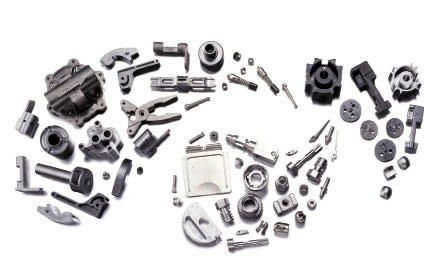
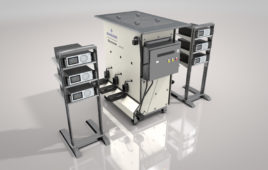
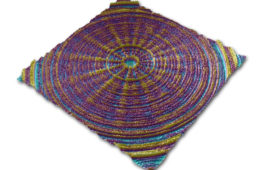

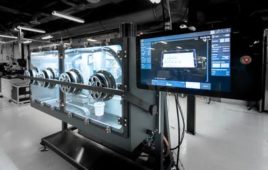
Tell Us What You Think!